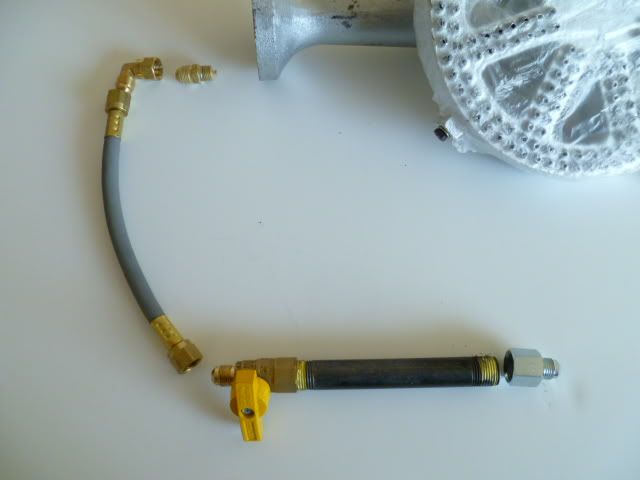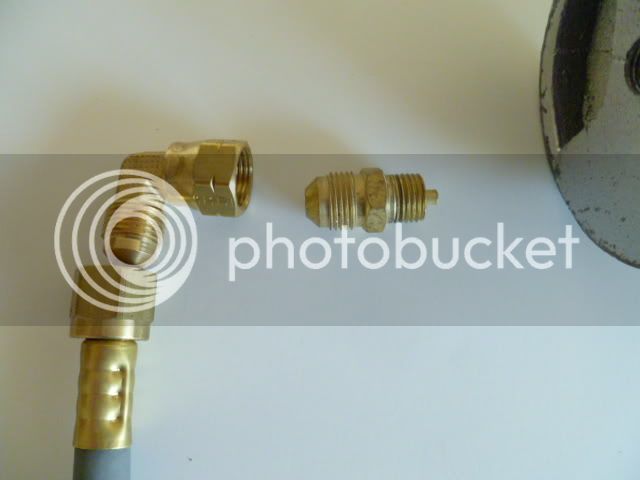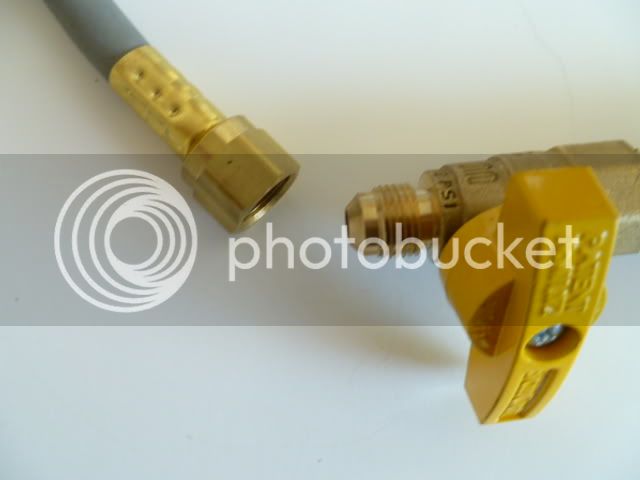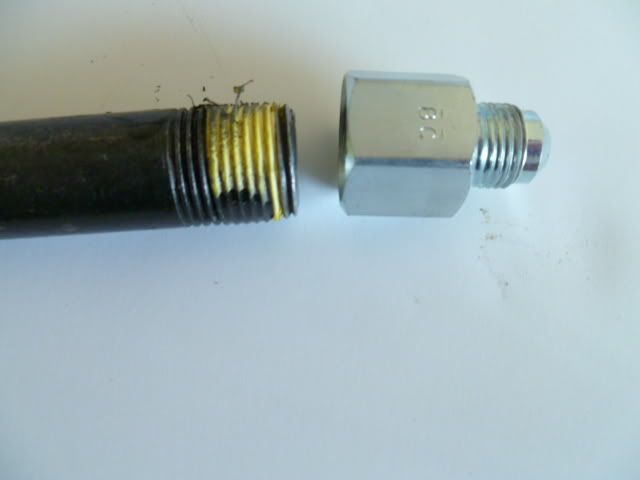Whew!! There is a lot of GREAT information on this thread! But of course, with loads of information often comes loads of confusion in trying to adapt the lessons learned by our bretheren to the peculiarities of the paths we have chosen.
My path... I have 2 brand new Blichmann floor-standing burners that I'm getting ready to install into my to-be-automated brew stand. They both came with two high-pressure regulators (Ninbo Wanon GYK-5/8, with a sticker proclaiming "10 psig" on the knobs), a stainless steel-encased hose, and 3/8" female fittings that attach to the LPG oriface situated at the burner entrance (presumably also high-pressure).
I want to automate my system by feeding the LPG from a propane tank to two Honeywell VR8200A Gas Valves (HLT, BK), and then feeding the burners from the gas valve.
Unfortunately, the Honeywells are LOW pressure valves, with a nominal inlet pressure range of 12-14" water column.
It appears, from what I've been reading here, that all I have to do to convert the Blichmanns to low pressure is to replace the two regulators and the two LPG orifaces with low-pressure models. The Banjo burners Blichmann uses can remain unmodified.
Is this correct? If so, what performance changes should I expect? Less pressure = less gas delivered/burned = fewer BTUs = less heating efficiencies = more time = lower performance... am I correct?
Is there a high pressure alternative to the Honeywells that would provide the same level of automation?
As an aside, I happen to have an old low-pressure Marshall Gas Controls 605H 2-stage switching regulator that I would really LOVE to use. The reg allows me to hook up two propane tanks to the one regulator, and then by using a splitter, send gas out simultaneously to the two burners. The regulator draws from only one of the tanks until it is empty, and then it automatically switches to the other tank without disrupting the flow of gas. I can then swap out the empty tank while the boil continues on the second tank, and I'm never left with more than 1 partally-full tank. That said, I suspect the regulator may not have the capacity to deliver 11" WC to both burners simultaneously.
Thoughts anyone? Kladue??











